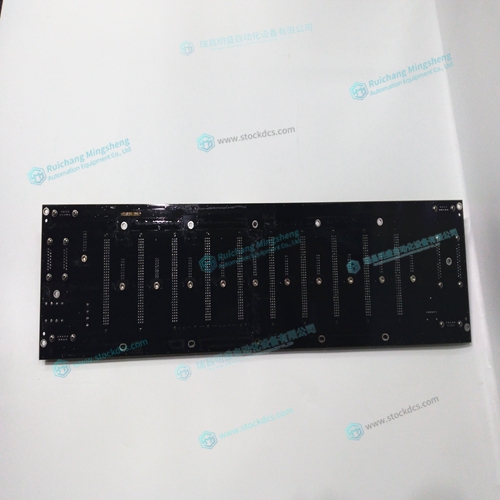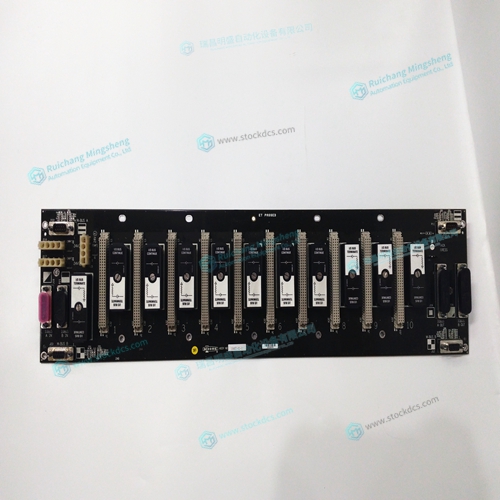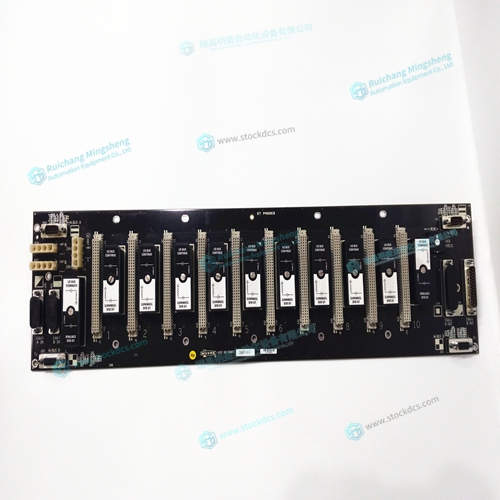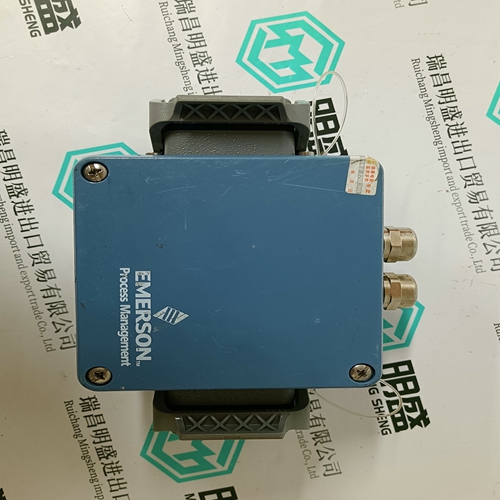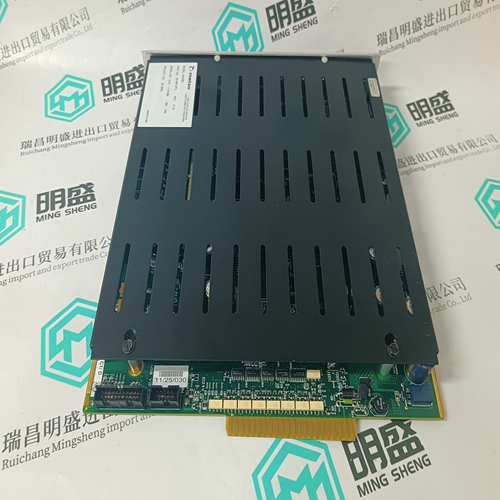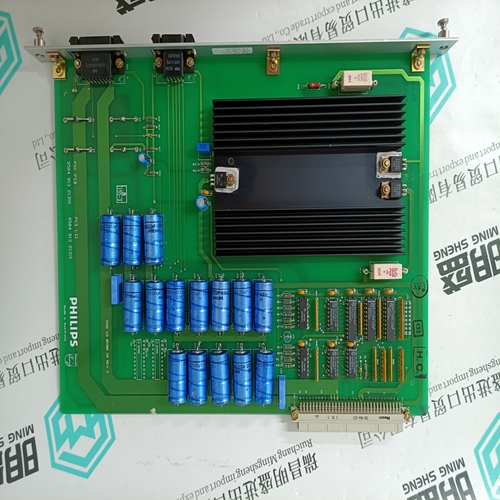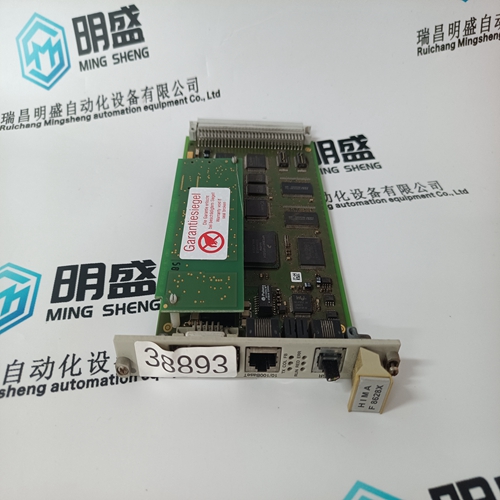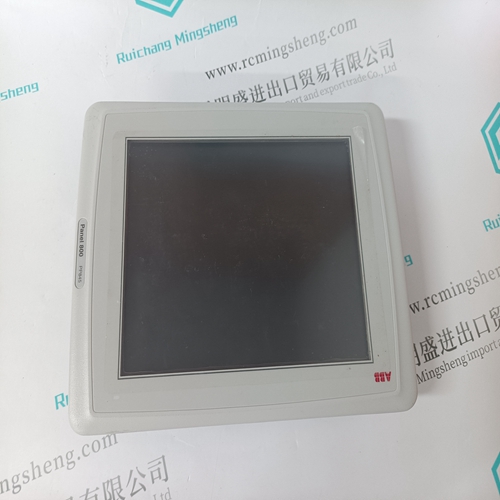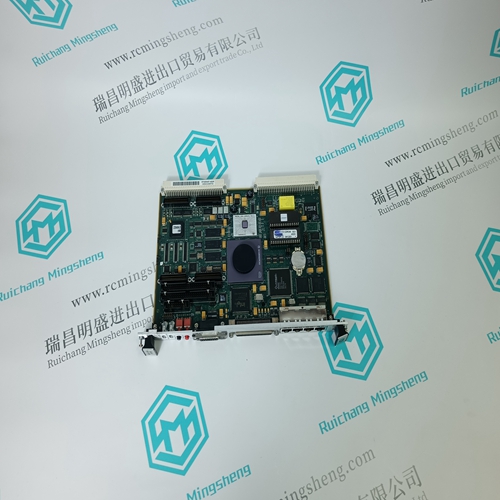Home > Product > DCS control system > YOKOGAWA 16407-1-1 Industrial card
YOKOGAWA 16407-1-1 Industrial card
- Product ID: 16407-1-1
- Brand: YOKOGAWA
- Place of origin: JAPAN
- Goods status: new/used
- Delivery date: stock
- The quality assurance period: 365 days
- Phone/WhatsApp/WeChat:+86 15270269218
- Email:stodcdcs@gmail.com
- Tags:YOKOGAWA16407-1-1Industrial card
- Get the latest price:Click to consult
YOKOGAWA 16407-1-1 Industrial card
Sometimes the feedback polarity is correct (the motor does not attempt to run away) but the direction
of motion is reversed with respect to the commanded motion. If this is the case, reverse the motor
leads AND the encoder signals.
If the motor moves in the required direction but stops short of the target, it is most likely due to
insufficient torque output from the motor command signal ACMD. This can be alleviated by reducing
system friction on the motors. The instruction:
TTA
Connect Sinusoidal Commutation Motors
* This step is only required when the controller will be used to control a brushless motor(s) with sinusoidal commutation. Skip to Step 9c if you do not need sinusoidal commutation. When using sinusoidal commutation, the parameters for the commutation must be determined and saved in the controllers non-volatile memory. The setup for sinusoidal commutation is different when using Hall Sensors. Each step which is affected by Hall Sensor Operation is divided into two parts, part 1 and part 2. After connecting sinusoidal commutation motors, the servos must be tuned as described in Step 10. Step A. Disable the motor amplifier Use the command, MO, to disable the motor amplifiers. For example, MOA will turn the A axis motor off.
Connect the motor amplifier to the controller.
The sinusoidal commutation amplifier requires 2 signals, usually denoted as Phase A & Phase B. These inputs should be connected to the two sinusoidal signals generated by the controller. The first signal is the axis specified with the command, BA (Step 6). The second signal is associated with the highest analog command signal available on the controller - note that this axis was made unavailable for standard servo operation by the command BA. When more than one axis is configured for sinusoidal commutation, the controller will assign the second phase to the command output which has been made available through the axes reconfiguration. The 2nd phase of the highest sinusoidal commutation axis will be the highest command output and the 2nd phase of the lowest sinusoidal commutation axis will be the lowest command output. It is not necessary to be concerned with cross-wiring the 1st and 2nd signals. If this wiring is incorrect, the setup procedure will alert the user (Step D).

